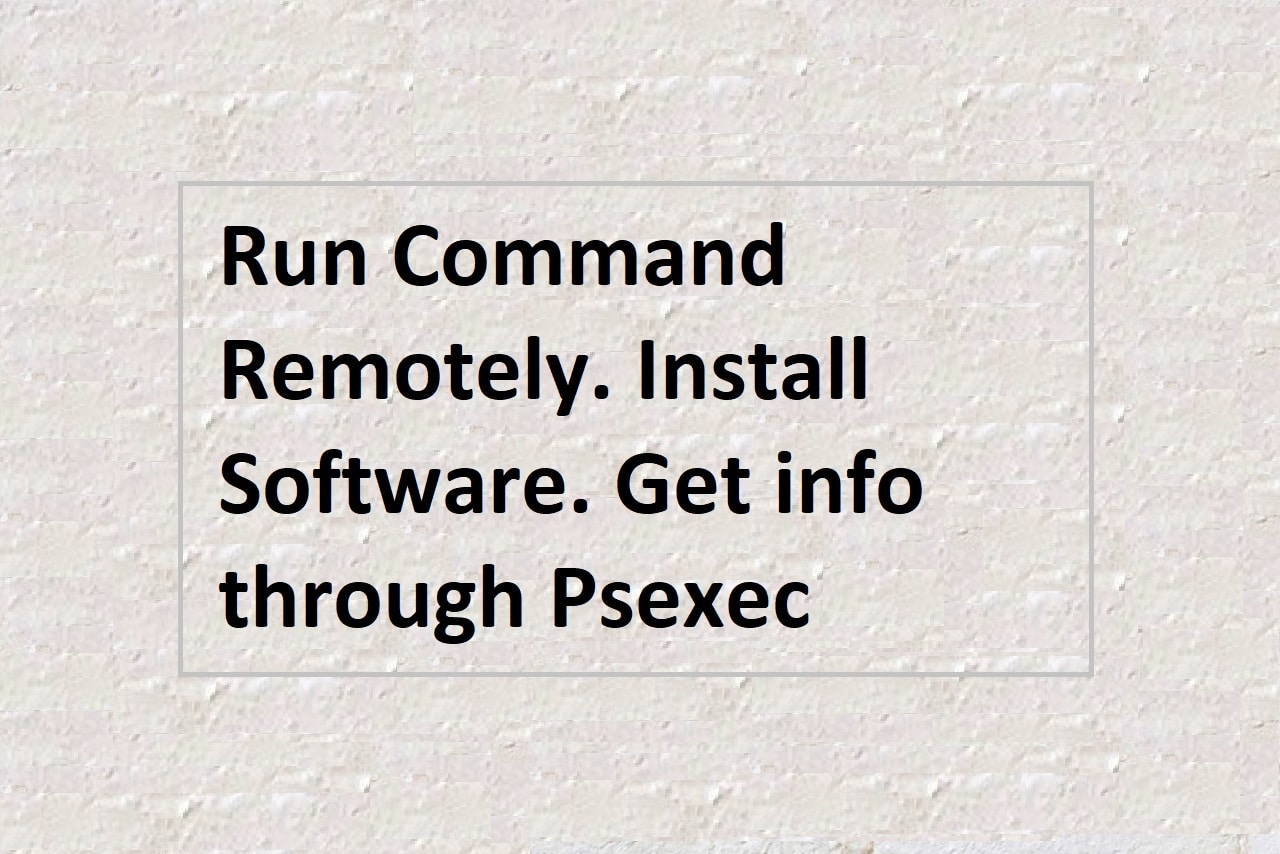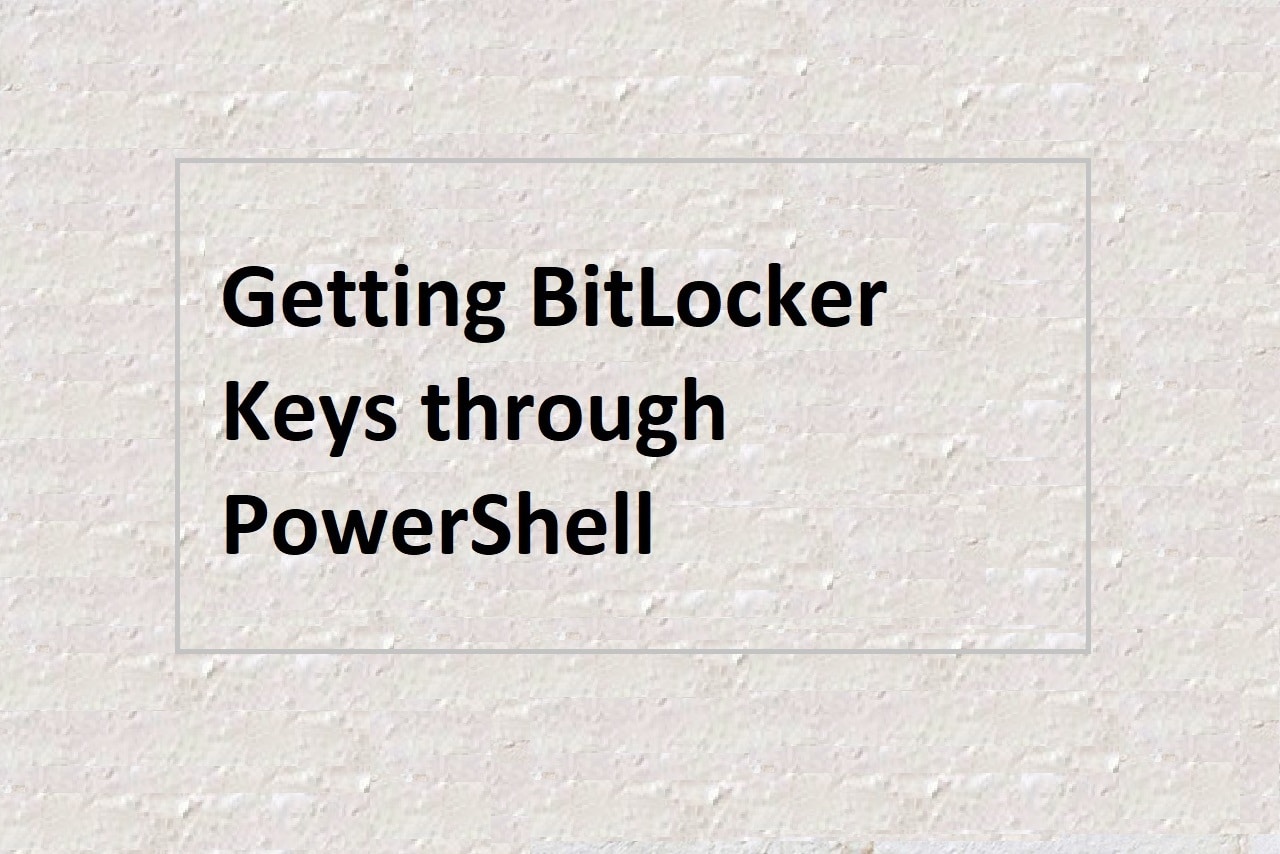
The “Shutdown” command in Windows allows you to shutdown, restart, or log off the current user of a computer. This command can be useful for automating tasks or for remotely shutting down or restarting a computer. In this article, we will show you how to use the “Shutdown” command to perform these tasks and also how to cancel a pending shutdown or restart.
To shutdown the computer immediately without a prompt, use the following command:
Shutdown -F /t 000This command will shutdown the computer immediately, closing all programs and terminating all processes.
To shutdown the computer with a timer, use the following command:
Shutdown -F /t 120This command will shutdown the computer after a 2-minute wait time. Replace “120” with the desired wait time in seconds.
To restart the computer, use the following command:
Shutdown -RThis command will restart the computer and close all programs.
To restart the computer immediately, use the following command:
Shutdown -r /t 000This command will restart the computer immediately, closing all programs and terminating all processes.
To restart the computer with a timer, use the following command:
Shutdown -r /t 120This command will restart the computer after a 2-minute wait time. Replace “120” with the desired wait time in seconds.
To cancel a pending shutdown or restart command, use the following command:
Shutdown -aThis command will cancel any pending shutdown or restart commands.
It’s important to note that you will need to be an administrator in order to use these commands. Additionally, you should be cautious when using these commands as they can potentially cause problems if used improperly.


